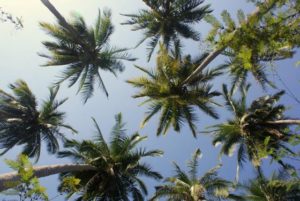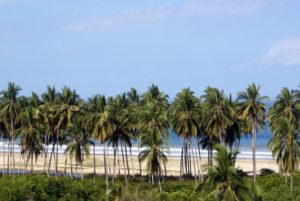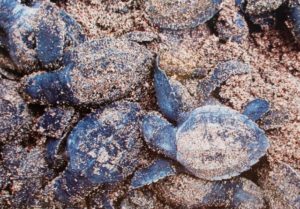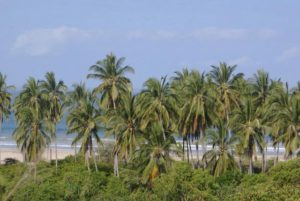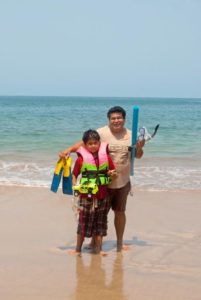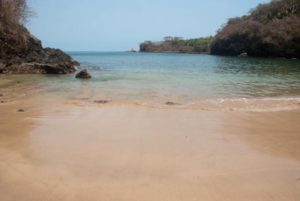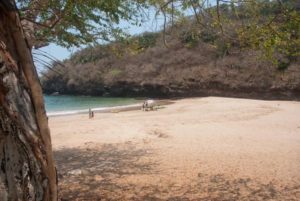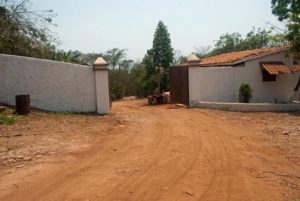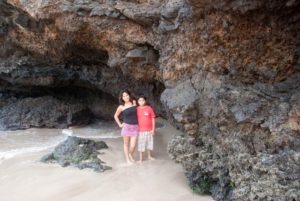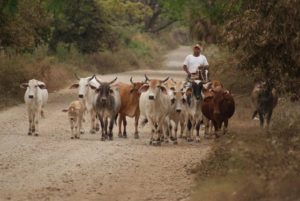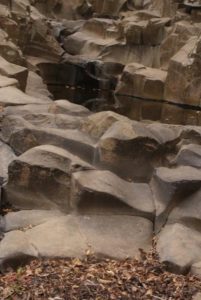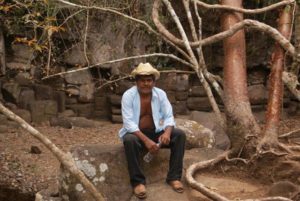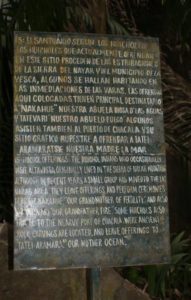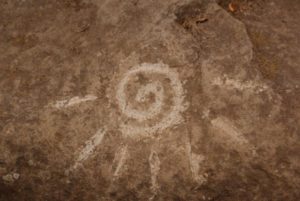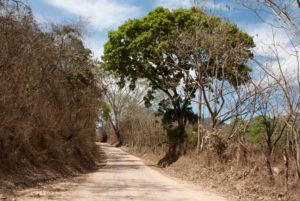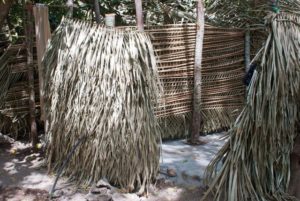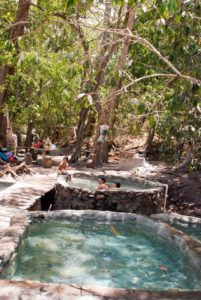North of Puerto Vallarta, Mexico’s Nayarit Riviera coast has a wealth of beaches to discover and enjoy. Their cool blue waters, warm sand and exuberant vegetation invite the explorer to linger a while. Each beach is truly a hidden gem set amid the green jungle vegetation.
Playa del Naranjo, A slice of heaven on earth
Playa del Naranjo, a picture-perfect, escapist beach on the Nayarit Riviera awaits you! This unspoiled gem is located at the north end of a spectacular, pristine seven mile stretch of sand which begins in the small town of La Colonia, just north of La Peñita de Jaltemba and extends all the way to the village of Lima de Abajo, just south of Las Varas.
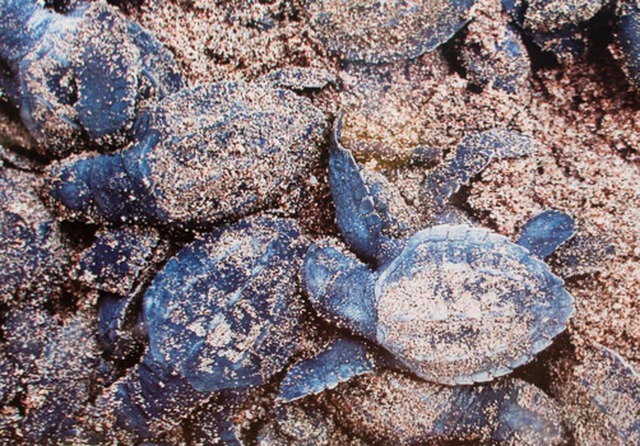
This drop-dead gorgeous beach is sometimes referred to as El Capomo, in reference to the nearby town and the grandiose resort and residential area slated for this area by Fonatur. Until that time, the paradisiacal beach of Playa del Naranjo is yours to call your own!
The beach of Playa del Naranjo is sandy and flat. The clear blue ocean waters are shallow, warm and welcoming, and the incoming waves are gentle. Yes, this gem of a beach is absolutely, perfect for an invigorating dip and frolicking in the waves.
This virgin beach is bordered by magnificent coconut palms, mangroves and estuaries, which are home to exotic birds and wildlife. Visit soon, if only to stroll along this virgin beach and absorb the indecently beautiful panorama of this seemingly endless shore. Bring your binoculars, as it is not uncommon to see humpback whales and dolphins just off shore during the months of December through April.
The beach of Playa del Naranjo is accessed via the small town of Lima de Abajo, which is located just a few minutes south of Las Varas on Highway 200. The beach is open to the public and the entrance is staffed by guards, who are most welcoming and accommodating to folks who wish to spend a day at the beach.
Please note that it is not uncommon to spot crocodiles in this area, which is rich with mangroves, so be extra cautious when accompanied by children and dogs.
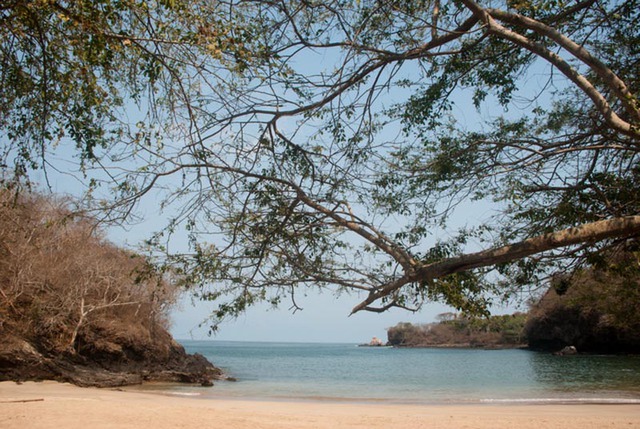
Playa Las Cuevas, an idyllic little beach near Chacala
This pretty, secluded beach is well-loved by locals in the know!
The beach is framed by rocky cliffs and accessed through the tiny community of El Divisadero, just south of Chacala. The road leading to Playa Las Cuevas winds its way through the scenic countryside which is strewn with mango and guanabana plantations and the occasional vista of Boca del Naranjo.
The road leading to this snorkeling and swimming Eden is paved most of the way. However, the last two kilometers are a bit of a challenge to drive and yes, of course, the challenge is worth it!
If you visit during the dry season, and have a high clearance vehicle equipped with tires with good tread, the last two kilometers are drivable if you take it slowly. If not, park your vehicle, and walk the final stretch of road, which winds through the jungle and ultimately leads to the beach.
The beach of Playa Las Cuevas is a small and delightful beach little-known to outsiders, simply because it is a bit off the beaten path. Of course, the locals wish to keep this little gem to themselves — and who could blame them!
The ocean waters at this sheltered beach are translucent, which allows for some decent snorkeling in and around the rocky shoreline and hidden caves on the north side of the beach.
Although there is no coral reef to be found here, there are plenty of colorful fish. Personally, I have encountered king angelfish, butterfly fish, puffer fish, clown fish, and numerous other intriguing fish that I have yet to identify. Stingrays and sea turtles are commonly spotted in this area.
Admittedly, the snorkeling on Mexico’s Pacific is not of the same quality as on the Caribbean coast, but the snorkeling is pretty good here. The best time to snorkel is during the winter months when the ocean waters are clear and during slack tide when the ocean waters are calm.
Playa Las Cuevas is a lovely beach for swimming! The ocean floor is sandy, and the clear ocean waters are calm and well sheltered from the wind. If you visit during low tide, it is fun to climb the rocky bluffs that frame the beach, and explore the hidden caves. There are a few trees on the beach which provide a bit of shade from the hot, tropical sun. Remember to bring along a picnic lunch, water and snorkel gear and have fun!
An alternative means to reach this beach is to head to Chacala and hire a panga boat driver to drop you off at the beach. The approximate cost is 400 pesos return, plus an additional 100 pesos for each hour spent lolling on the beach.
If you plan to drive to the beach during the wet season, a high-clearance 4-wheel drive vehicle is a definite must. No ifs or but’s about it!
Alta Vista for adventure seekers
If you are seeking a little adventure in the style of Indian Jones and Dirk Pitt, and an enriching cultural and archeological experience as well, a day trip to the Alta Vista petroglyphs is highly recommended.
Alta Vista is a beautiful and surprising little-known archeological site on the Nayarit Riviera, filled with ancient sacred petroglyphs. This historic site is found at the base of volcanic rock formations, adorned with crystal clear springs, hidden within a lush tropical rainforest.
No doubt, many still to be discovered petroglyphs remain well hidden along the trail leading to this ancient site.
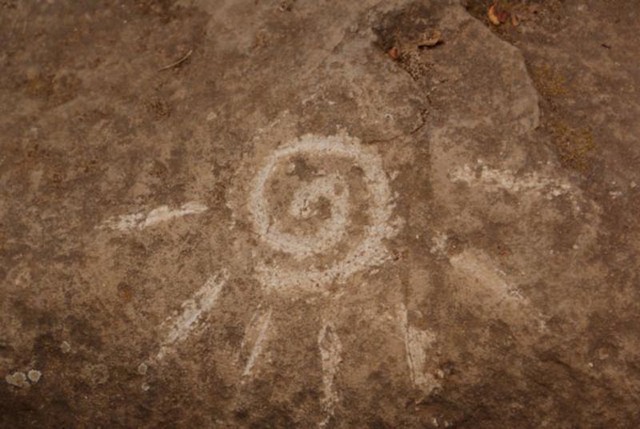
Alta Vista and the surrounding area was originally home to the Tecoxquin, an Aztecan tribe who carved the petroglyphs in this area. This native group consisted of farmers, fishermen and traders from the coast of Nayarit and the neighboring state of Jalisco.
The petroglyphs are said to be symbolic of the Tecoxquin’s religious offerings to the gods to meet the needs of their people. They made offerings in order to ensure good health, fertility, abundant rains to ensure good crops and an ocean abundant with fish.
The key petroglyphs are located along the trail which meanders through the tropical rainforest, following a seasonal creek, eventually ending in the crystal clear freshwater pools and rock formations of Las Piletas. Alta Vista still serves as a sacred archeological site so, when visiting, please be respectful of the local culture.
The site of Alta Vista truly is best seen using the services of a tour guide. The road leading to the site is not easy to find or to navigate, even with four wheel drive, and the walking trail leading to the petroglyphs is not well marked. Once you reach the entrance to the site, the hike is about a kilometer — uneven, but relatively flat and an easy walk for most folks.
If you choose not to take a guided tour to Alta Vista, go with friends who have been there before, or at the very least hire the services of a local guide from the town of Alta Vista. Tours of the site are available with professional licensed guides based in La Peñita de Jaltemba and Puerto Vallarta. For the best possible experience, sign up for a guided tour which will enrich your experience by enhancing your knowledge of this truly special place, exceedingly rich in history.
Alta Vista is about ninety minutes north of Puerto Vallarta, along Highway 200. The sign denoting Alta Vista is on the east side of the highway, about three kilometers north of Lima de Abajo, south of Chacala and Las Varas.
When you spot the sign for Alta Vista, turn right and follow the winding country road for about ten kilometers. Enjoy the scenic drive. Eventually you will come to an outdoor thatched palapa shelter, which is usually staffed with a caretaker who will steer you towards the trail leading to Alta Vista.
If for some reason, you miss the palapa shelter, or the caretaker is not on site, head back onto the road and drive straight up into the charming town of Alta Vista. Upon arrival, ask one of the very friendly locals to recommend a qualified guide to lead you to the Alta Vista site.
Nuevo Ixtlan and its hidden hot springs
If you are a pioneer at heart and believe that driving down a long bumpy country road for one and half hours — solely for the reward of a soaking in some natural hot springs — sounds interesting, the hot springs of Nuevo Ixtlan are worth exploring.
The hot springs of Nuevo Ixtlan are a little oasis consisting of fifteen natural thermal pools which have been enhanced to accommodate the public. The springs are located in the back country, in the middle of seemingly nowhere, which make them all the more enjoyable.
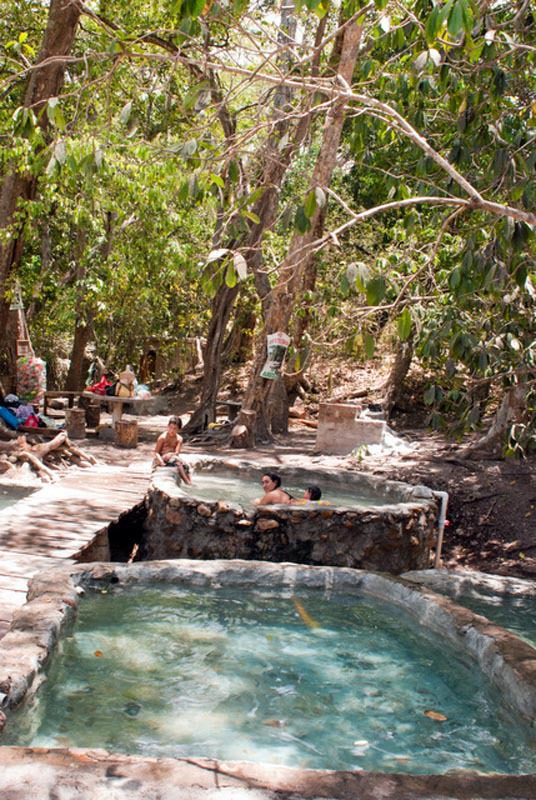
Fifteen soaking pools are set under the canopy of the surrounding tropical forest. The pools are of varying sizes, depths and temperatures, and the thermal waters are said to be of therapeutic value. Whether the waters hold any curative powers or not, you will find that soaking in the warm waters, is soothing.
This secluded oasis provides modest changing facilities. These consist of a couple of primitive but charming bamboo-like shacks lined with palm fronds that could have served on the set of a Tarzan movie. The public bathrooms on site are rustic, but they are kept spotlessly clean and include manually flushable toilets which need a helping hand from a bucket of water which you throw down the loo.
There are a few rustic picnic tables available and a couple of charcoal barbecues, so bring along a picnic lunch, and your own charcoal for barbecue fare.
If you visit the hot springs on a weekday, you will likely relish the privacy and the privilege of soaking in all of the tubs. Surprisingly, even though the hot springs are located in the middle of nowhere, Mexican families know about them and, if you visit on a weekend or a holiday, you will find several families enjoying a full day here. It is fun to watch the families and it’s quite likely that you will be invited to partake in the merriment.
The cost is to enter is just 25 pesos per person. (About $2 USD) The caretakers are friendly and helpful; and they keep the hot springs impeccably clean. They advised me that that they have limited hours when the winter tourist season comes to a close. If you plan on visiting during the rainy season, please note that you will need a high clearance four-wheel-drive to get here. The drive will likely take three hours, and you might find they are not open.
To reach Nuevo Ixtlan, turn off Highway 200 at the Alta Vista road, but when your spot the outdoor palapa, continue driving along the road until you see the sign for La Cucaracha.
Expect to drive for about another hour after passing the thatched palapa shack. Turn right at the sign for La Cucaracha, the smallest town in Mexico and for which the name seems well suited. There is a small store here where you can purchase cold pop, water and beer.
Drive another 45 or 60 minutes until you come to the sign for the hot springs, and turn left at the sign. It is not that the driving distance is long, rather it is the bumpy, winding road through the jungle that forces you to drive at about ten to twenty miles an hour. However the experience once you arrive is well worth the trip, and like me, and I bet you will want to return with friends.

